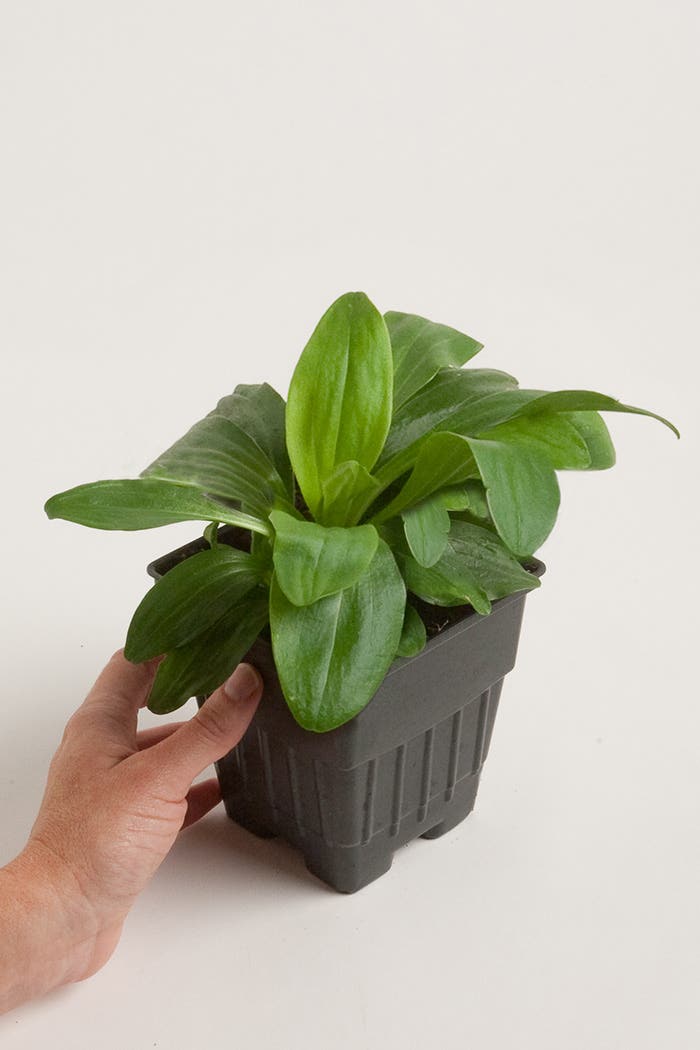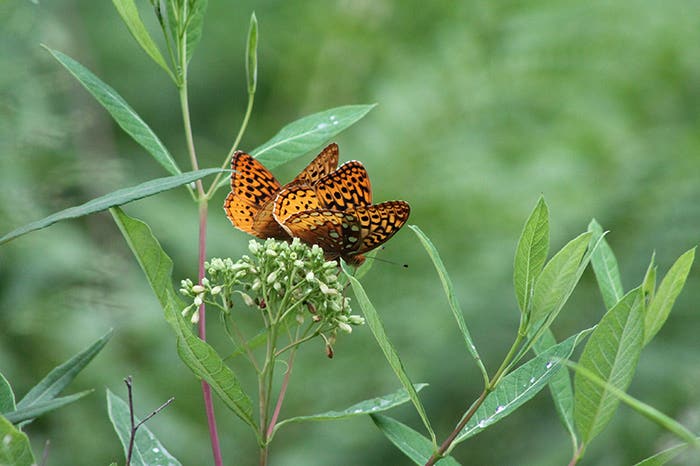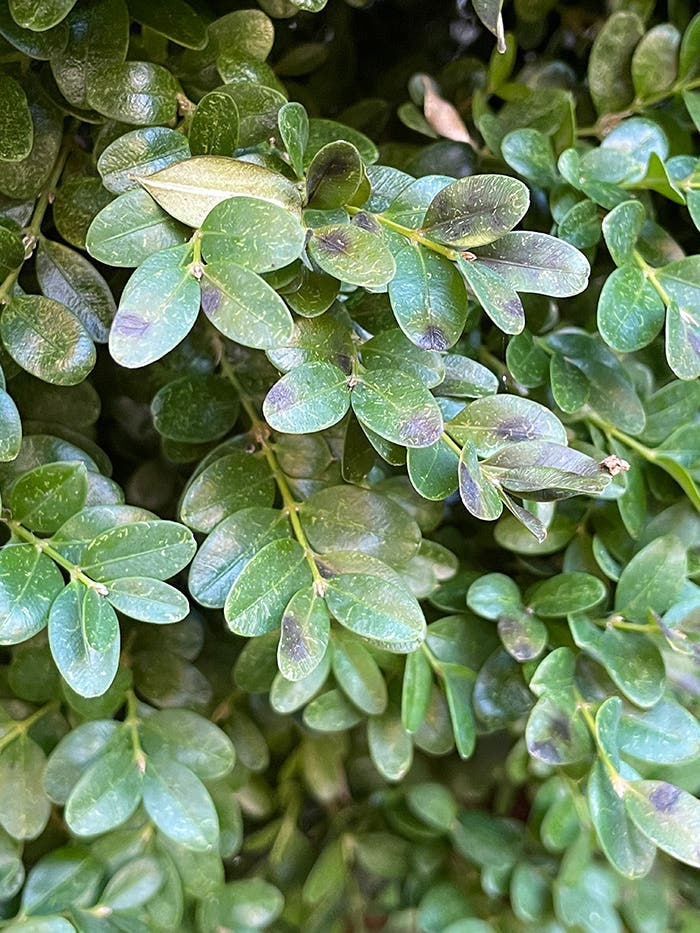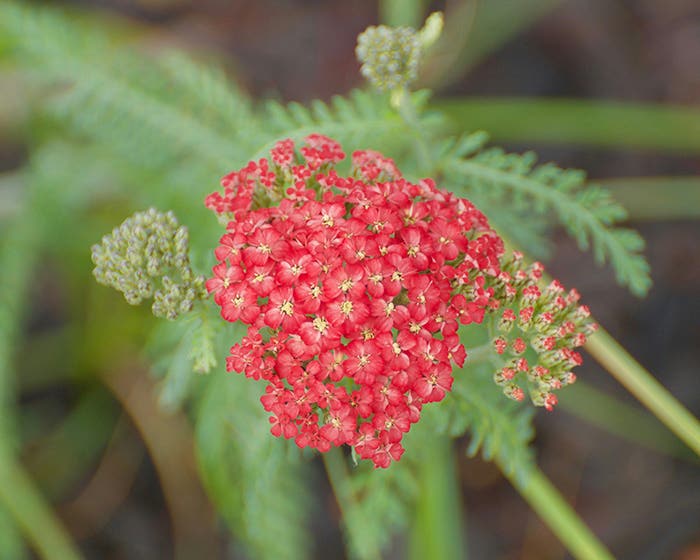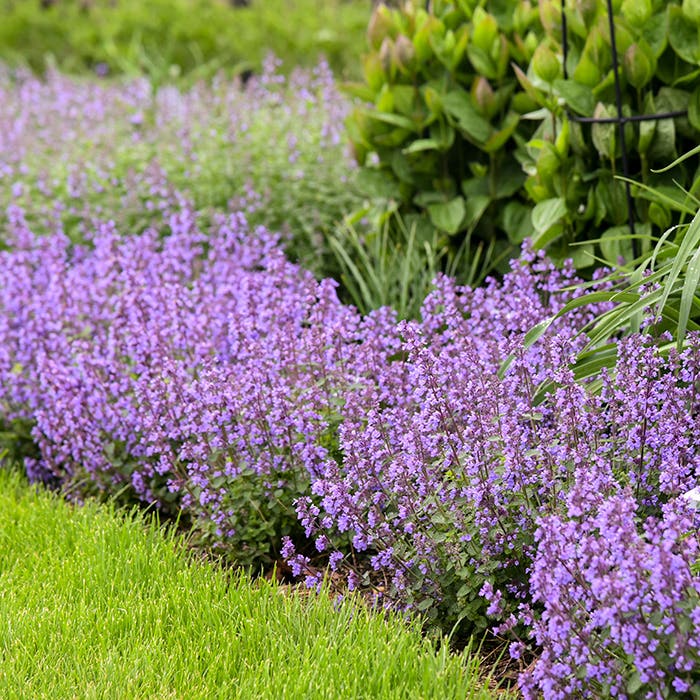A Simplified Approach to Pruning and Growing Clematis
Plus: 5 myths about clematis
Deborah Hardwick grows thousands of clematis cultivars at her central Ohio garden, Hardwick Hall. She has become known for her expertise in tending these beloved plants, which she believes suffer from a fussy reputation that hasn’t been helped by complicated advice. Through outreach to garden clubs, horticultural organizations, botanical gardens, nurseries and more, Deborah works to dispel the myths that surround clematis by highlighting the most rewarding and rugged cultivars and offering simplified strategies for their care.
Scott Beuerlein (SB) interviewed Deborah Harding (DH) for Horticulture:
SB: You’ve become one of the world's foremost authorities on clematis. How did you become so well-known and respected in that realm?
DH: I would have to answer this as passion and the time and resources to travel and meet the breeders and other key figures active within the genus of Clematis. For over 20 years I have avidly collected and grown an amazing array of clematis and developed the contacts which have so enriched my experience.
The Dutch breeder Ton Hannink was a mentor for many years. He is sadly now passed away, but he was hugely instrumental in taking my hobby into a study of species and other aspects, like growing from seed and hybridizing.
Other people along the way really enriched my hobby and my quest to learn. One is Dr. Peter Zale, who is my go-to mentor and resource who has been so helpful to me. Another special mentor in recent years, before her passing the year, was the esteemed Dr. Mary Toomey.
I have found that plantspeople have been amazingly receptive to my dogged and unfailing enthusiasm for the genus, and more than helpful, so I am always learning. I consider myself very fortunate to be helped and taught by so many.
SB: Your garden and collection is located outside of Columbus, Ohio. Is that a good climate and soil type for clematis?
DH: As gardeners, I think, we always lust for a climate that is just a little better than what we have. I would love to be in Zone 7 instead of 6a—but really this climate is “clematis-friendly” for the majority of cultivars. What I like here is the relative consistency in the seasons and the slightly shorter winter than some fully winter-dormant climates.
My soil is clay. I have now been gardening for almost 30 years here, and much of the area devoted to borders and clematis growing has been amended. There are pockets of heavy clay. I love to use some clay in my planting medium, but at times it is not possible. So I really treat the hole in the ground as if it were a clay container that I fill with basically a soilless mix. The medium I use is a mixture of peat, rice hulls, Turface and other organic material, such as composted pine fines and deciduous leaves.
Related: Did you know clematis makes a great companion to evergreen shrubs? Read why, plus other combo ideas.
SB: There seem to be a lot of misconceptions out there about clematis.
DH: I so agree with that. I feel that the genus has been guided by concepts that have ended up making it seem so much more complicated than it really is, so my quest is to simplify information and present it in a way that edits the complicated away and leaves people with simple knowledge that works.
The info on planting depth, pruning, soil or planting medium, among other things, has just been too complicated, contradictory and convoluted for people to get how simple it is.
Deborah shares these tips for success with clematis:
· Plan for adequate sun and a free draining location
· Amend your native soil with organic material to make a friable texture
· Water deeply, but not frequently, as your clematis establishes
· Reduce the plant size if needed when you plant, then pinch back a few times in the first year
· Tomato fertilizer is the perfect enrichment. It’s lower in nitrogen and will foster nice flowering
· Control the slug population. Slugs love clematis
How Deborah simplifies clematis pruning:
Convention puts various clematis into pruning groups, or types, which relates the timing and manner of pruning to when and how the plant sets and opens its flower buds. For an easier way to remember when and how to prune a specific clematis, Deborah encourages the gardener to learn its group number but replace it with a corresponding traffic light, with a meaning that’s much easier to remember.
For example, a gardener purchasing Clematis ‘Roguchi’ notes that it falls into pruning group 3. Pruning group 3 is “green prune” in the stoplight system. Over the years, the gardener will just need to remember “green means go” when wondering when and how to prune ‘Roguchi’.
· Green pruning: Go!
The green pruning category applies to group 3. Green means go ahead and prune as often and as hard as you like. Green-pruned clematis are vigorous bloomers that flower on the year’s new growth, so they should be cut back to the ground in early spring.
· Yellow pruning: Slow!
Yellow-pruned clematis fall under group 2. These plants can flower on new growth, but their larger flowers occur on older stems. They should be pruned cautiously—hence the yellow light indicating slow down. In spring, look closely at the vines and remove ends that are damaged or lack signs of growth.
· Red pruning: No!
Clematis in the red-pruning category, or group 1, flower only on the prior year’s growth. Therefore they are not pruned in spring, or else the buds would be removed. Minimal cuts can be made to maintain size or remove damaged stems, but wait until after the first flush of flowers subsides.
Here are Deborah’s thoughts on 5 oft-repeated clematis myths:
1. Clematis take a long time to establish. Not necessarily true! The old adage “first year, sleep; second year, creep; third year, leap” (describing plant growth) is oftentimes a myth. Jump start things by selecting a green-prune modern hybrid like ‘Mazurek’. Plant at least two individuals in the bed, and fertilize them with tomato fertilizer once a month in the first season. Pinch the stems back a couple of times, and you are on your way to faster, larger, more bountiful displays.
2. Clematis need their feet in the shade and their heads in the sun. Not true. Clematis breeders’ own display gardens in Europe do not include lower companion plants to shade the clematis roots. This is a gardening style, not a plant requirement. The best practice is simply to water your clematis thoroughly and less frequently, to encourage deep roots.
In fact, companion plants at the base can harbor slugs, take nutrients intended for the clematis and even delay flowering. That’s because plants with shaded lower stems may reach for the sun before they begin to bloom.
If you like the look of flowering plants or shrubs at the base of your clematis, go for it—but, again, it is not a plant requirement.
3. Clematis can be killed if pruned incorrectly. False. It would take a lot of repeated or hard cutting to be a detriment to the plant. However, misguided pruning can delay or diminish flowering.
Simply put, the earlier the clematis blooms, the less pruning it should get, so that the ample flowering you want is not disrupted.
Conversely the later the clematis blooms, the more pruning you can give it without altering flowering.
Earliest flowering clematis that bloom on old vines, or on new growth arising from old vines, can be trimmed immediately after flowering to keep plant more sightly or the size in check. Clematis that bloom on new growth can be hard pruned in early spring and at midseason to get the maximum bloom.
4. Clematis wilt is a huge factor. Not really true. Wilt—my idea of a four-letter word!—is most often due to slug damage, wind damage, dehydration or vine damage from how you might be tying the stems to a trellis or structure. Try to problem-solve what is causing some vines to collapse and make changes to correct that problem.
5. Clematis have a short bloom span. Not necessarily true! Clematis are more remontant that you may have experienced, as most will reflower if trimmed and fertilized at midseason and if watering is kept up through hot, dry weather in later summer. When plant size allows, deadheading the spent blooms and flower stems will lengthen the season. When plants are too large to do this, simply trimming the plant down by a quarter and removing heavy spent growth will initiate further flowering.


